Brakes are one of the most crucial safety components of your vehicle. Knowing when to replace them is essential for ensuring your car remains safe to drive. But how often do brakes need to be replaced, and what are the signs that you need new brakes? Generally, brake pads last 30,000–70,000 miles, while rotors may need replacement every 50,000–70,000 miles.
While aggressive driving or frequent stops accelerate wear, regular inspections help catch issues early. This guide explores factors affecting brake longevity, warning signs, and maintenance tips to keep your stopping power reliable.
See also:
How Rising Living Costs Are Changing Car Maintenance Habits in Australia, the US, and Canada
What You Need To Know About Brake Pad Wear
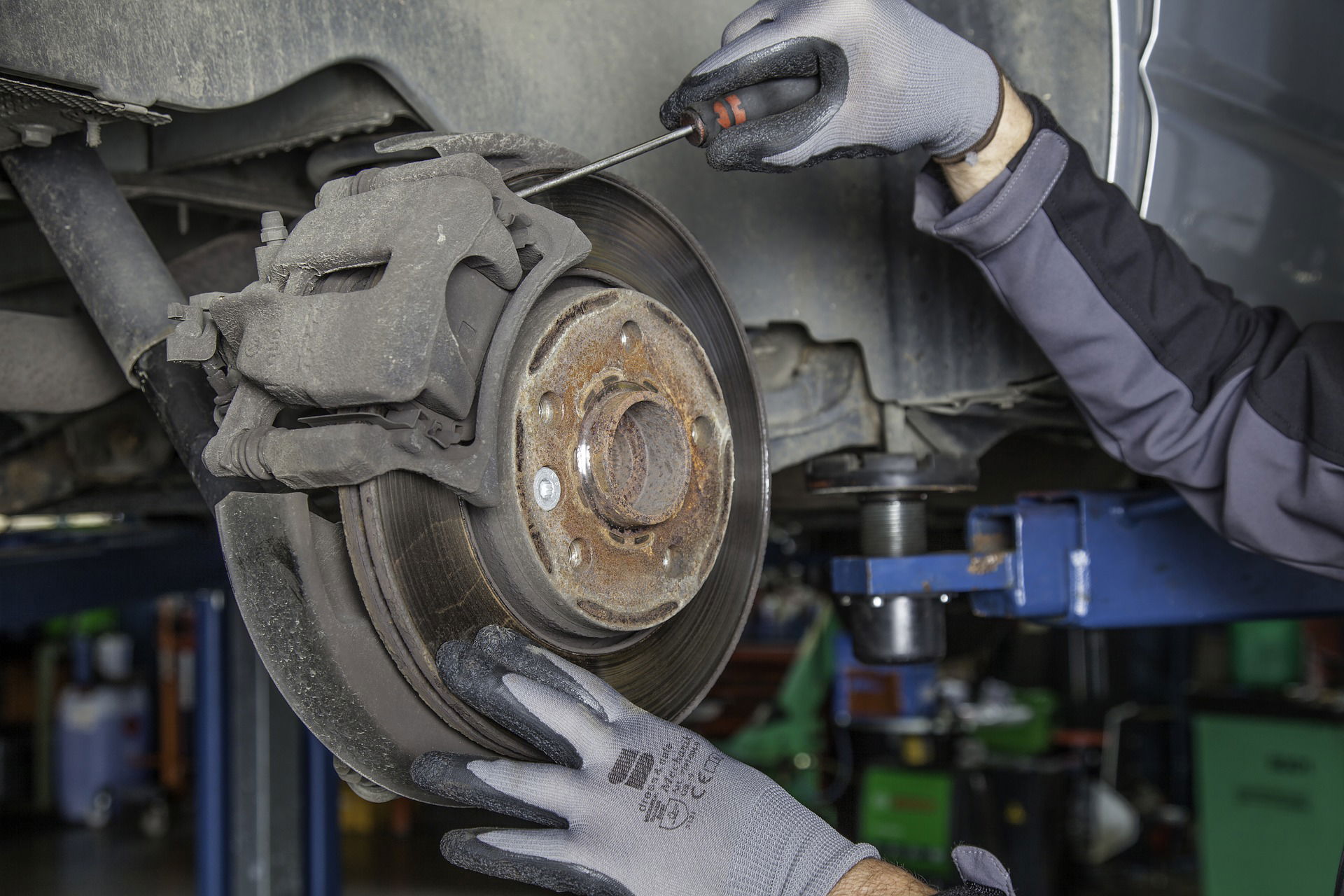
Photo Credit: Pixabay.
Brake pads are integral to your vehicle's braking system. They're the components that press against the brake rotors to slow down or stop your vehicle. Over time, brake pads wear out and need replacement. But how do you know when they're almost gone?
Five Factors You Didn’t Know Affects Brake Pad Life
The lifespan of brake pads can vary greatly depending on several factors:
Driving Style: Frequent gentle stops cause less wear than sudden, hard braking, even over the same distance.
Vehicle Weight: Heavier cars (like SUVs) wear pads faster due to increased momentum requiring more braking force.
Coasting vs. Dragging: Riding the brakes downhill or keeping slight pressure while driving accelerates wear.
Brake Pad Material: Softer (organic) pads wear quicker but are quieter, while ceramic/metallic ones last longer but may be noisier.
Stuck Calipers: A seized caliper keeps constant pressure on the pad, causing uneven and rapid wear.
Bonus: Environmental Conditions – Dust, moisture, and road salt can corrode pads and rotors, reducing lifespan.
Average Lifespan Of Brake Pads
Typically, brake pads should last between 30,000 to 70,000 miles. However, this is a broad range, as other factors, such as aggressive driving, heavy loads, and stop-and-go traffic, may dictate earlier replacement.
Signs You Need New Brakes
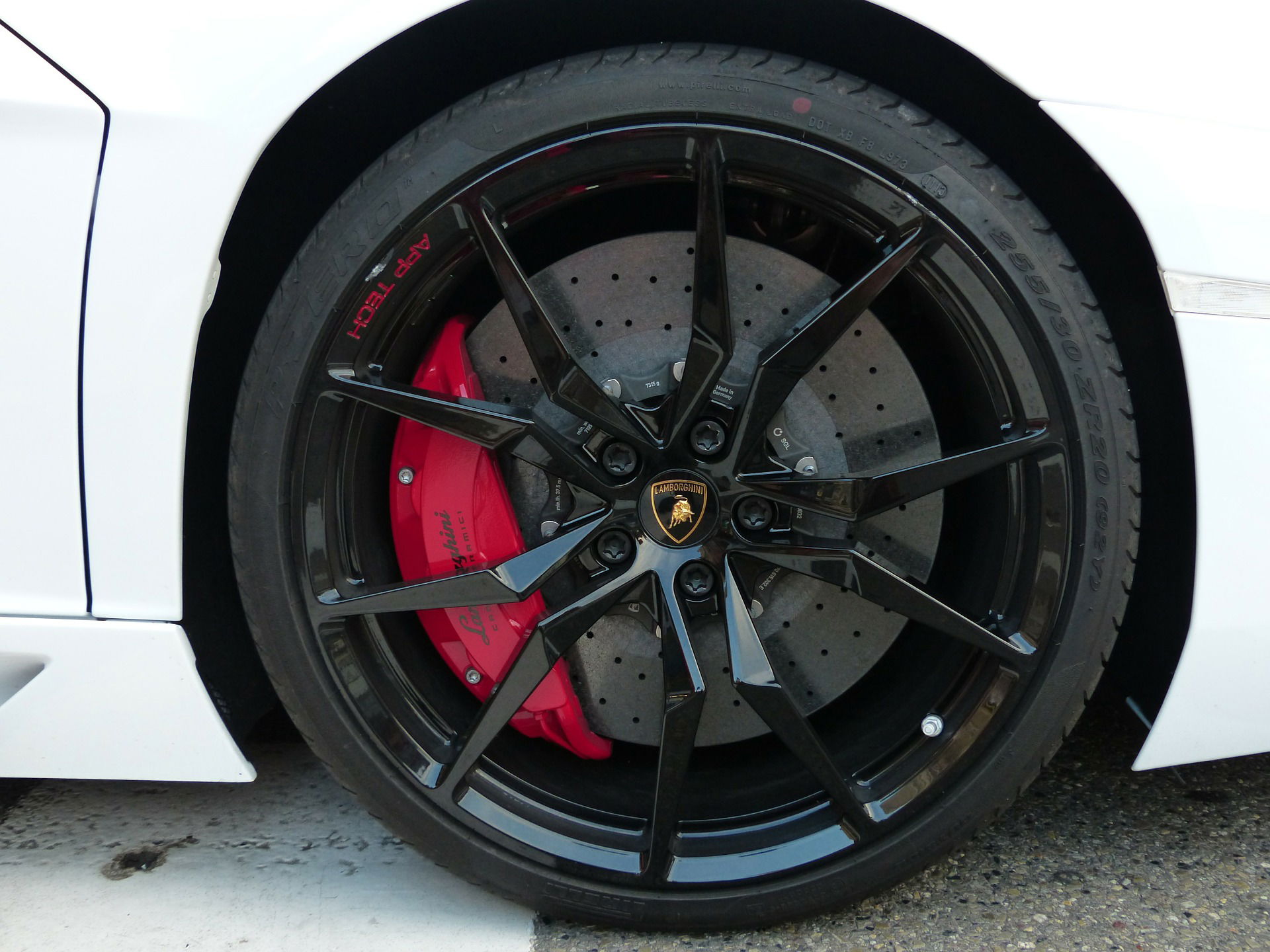
Photo Credit: Pixabay.
Understanding the signs of worn-out brake pads can help you avoid brake failure. Here are some key indicators:
Squealing or Squeaking Sounds
One of the most common signs of worn brake pads is a high-pitched squeal. This sound is often caused by a small metal shim, called a wear indicator, that makes contact with the rotor when the pads are worn down.
Grinding Noise
If you hear a grinding noise when applying the brakes, it might mean the pads are completely worn out, and the metal backing is contacting the rotor. This situation requires immediate attention.
Vibration or Pulsation
If you feel a vibration or pulsation in the brake pedal, it could indicate warped rotors or unevenly worn brake pads.
Longer Stopping Distances
If your car takes longer to stop than usual, it might be time to replace the brake pads. This is a serious safety concern and should be addressed immediately.
Visual Inspection
You can often visually inspect the brake pads by looking through the spokes of your wheels. If the pads appear to be less than 1/4 inch thick, they likely need replacement.
How Often To Replace Brake Pads
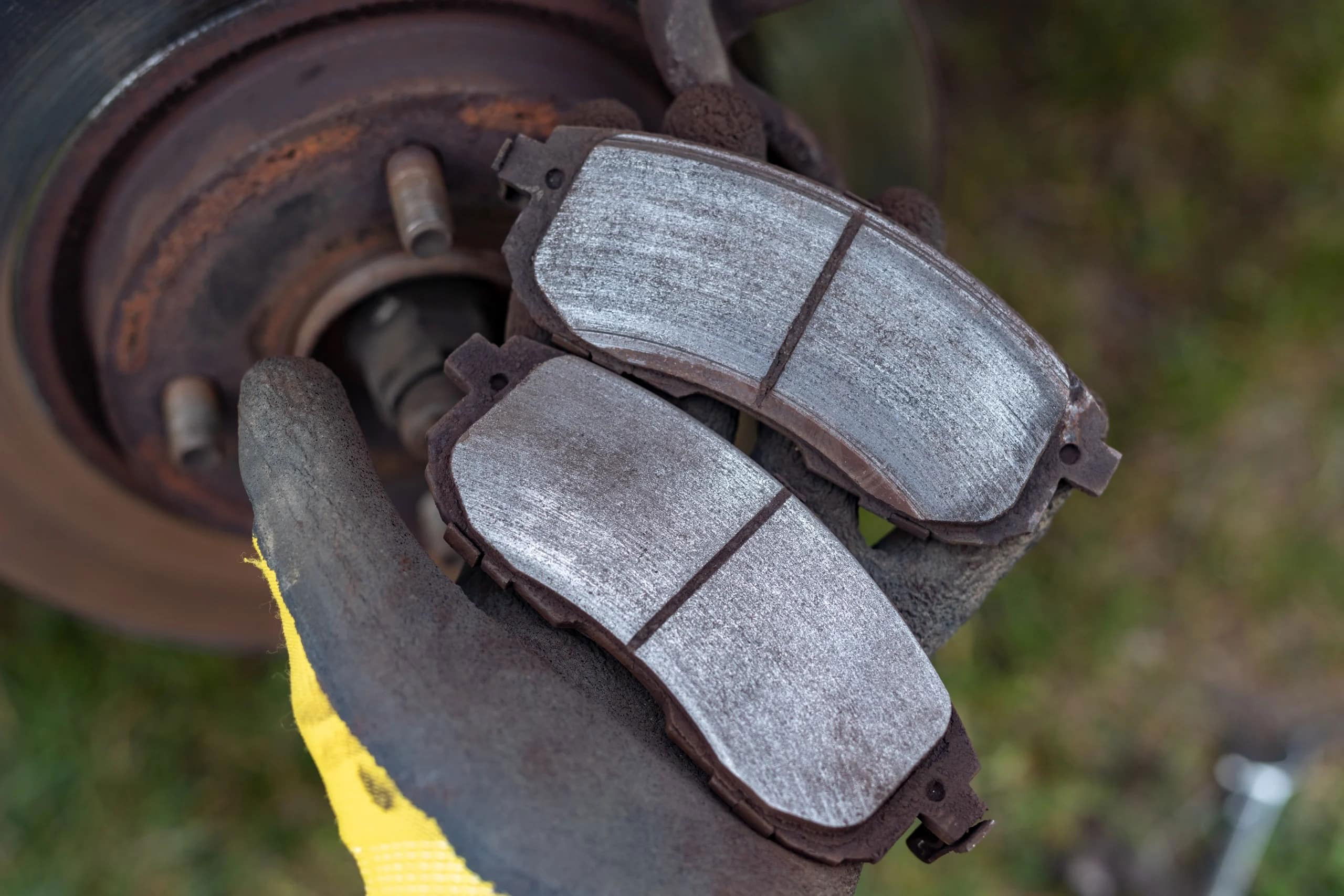
Now that you know the signs, how often should you actually replace the brake pads?
Regular Maintenance Checks
It's a good practice to have your brakes inspected during regular maintenance checks, such as oil changes. This can help catch any issues early and ensure your brakes are always in top condition.
General Guidelines
- Every 30,000 to 70,000 Miles: As mentioned, this is the average range for brake pad replacement.
- Listen to Your Vehicle: Pay attention to the signs of wear and replace the pads as soon as you notice them.
Consult Your Vehicle’s Manual
Your vehicle's manual will have specific recommendations for your make and model. Following these guidelines can help you maintain optimal brake performance.
See also:
12 Car Myths You Need To Stop Believing
How To Extend The Life Of Your Brake Pads

While brake pads will inevitably wear out, there are ways to extend their life. Here are five underrated tips to extend brake pad life, straight from mechanics:
- Engine Braking – Downshift (manual) or ease off the gas (automatic) to slow down naturally, reducing brake reliance.
- Two-Second Rule – Maintain extra following distance to avoid sudden stops, cutting unnecessary pad wear.
- Lighten the Load – Remove heavy cargo when possible; excess weight forces brakes to work harder.
- Coast Before Stops – Ease onto brakes gradually from a distance instead of slamming them last-second.
- Flush Brake Fluid – Old fluid absorbs moisture, reducing efficiency and causing calipers to drag (a hidden pad killer).
Bonus Tip: Avoid "riding" the brakes downhill—use lower gears to control speed.
When To Replace Brake Rotors
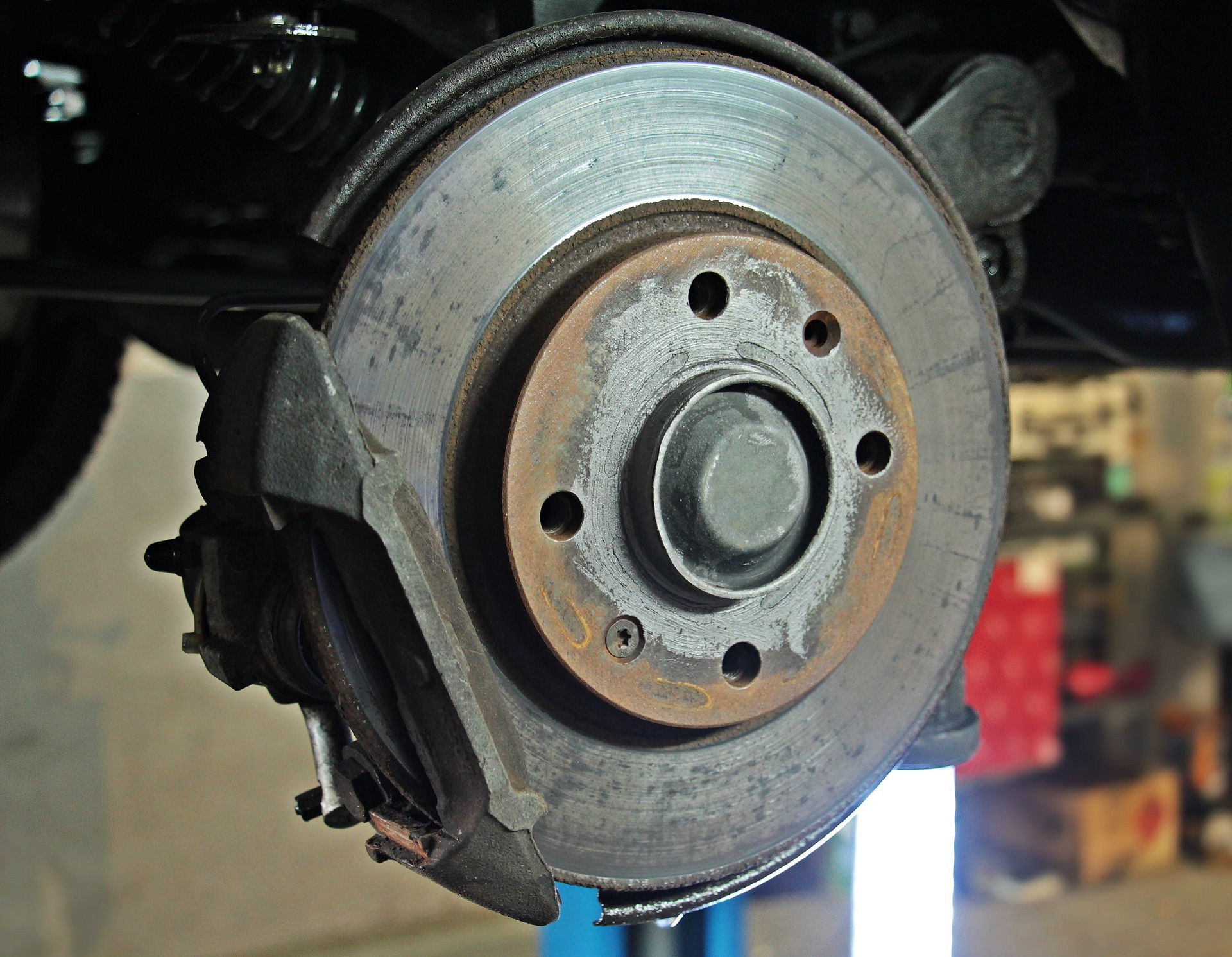
Photo Credit: Pixabay.
While brake pads are replaced more frequently, brake rotors also need attention. Rotors generally last longer than pads but should be inspected regularly for signs of wear. As a general rule, brake rotors should be replaced when they show signs of excessive wear, warping, or damage.
Signs You Need New Rotors
- Vibrations: If you feel vibrations when braking, the rotors may be warped.
- Deep Grooves: Visible grooves or scoring on the rotor surface indicate that replacement may be necessary.
- Rust or Corrosion: Excessive rust can compromise the rotor's integrity.
- Blue discoloration: Overheating damage.
- Edge lip: >3mm thick (uneven wear). Pro Tip: Resurfacing rotors is cheaper but only safe if enough material remains—ask your mechanic to measure thickness.
Replacement Intervals
Par standard guidelines, the replacement interval for brake rotors is every 50,000–70,000 miles (or when thickness wears below the manufacturer’s minimum spec, often stamped on the rotor). Using the Pad-to-Rotor Ratio guideline, mechanics recommend 2–3 pad replacements per rotor—but always inspect rotors when swapping pads.
With performance cars, high-speed braking or towing may require replacements as early as 30,000 miles. Summarily, rotors typically last around 70,000 miles but should be inspected regularly along with the brake pads.
How To Know When To Replace Brake Pads (Your Checklist)
To recap, here’s a quick checklist to know when to replace your brake pads:
- Listen for squealing or grinding noises.
- Pay attention to brake pedal vibrations.
- Monitor stopping distances.
- Visually inspect pad thickness.
- Follow vehicle manual recommendations.
Final Thoughts On How Often Brakes Need To Be Replaced
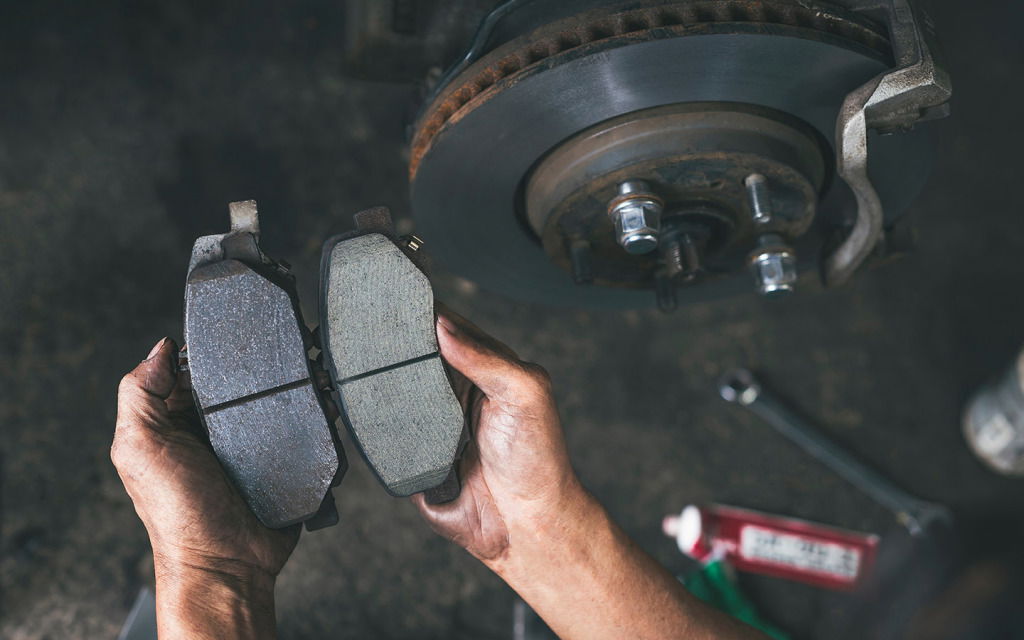
Brake pads typically last 30,000–70,000 miles, while rotors need replacement every 50,000–70,000 miles, though driving habits, vehicle weight, and pad material affect longevity. Warning signs include squealing, grinding, vibrations, and longer stopping distances.
To extend brake life, use engine braking, maintain distance, and avoid heavy loads. Rotors should be replaced if warped, grooved, or rusted. Regular inspections are key—safety depends on well-maintained brakes.